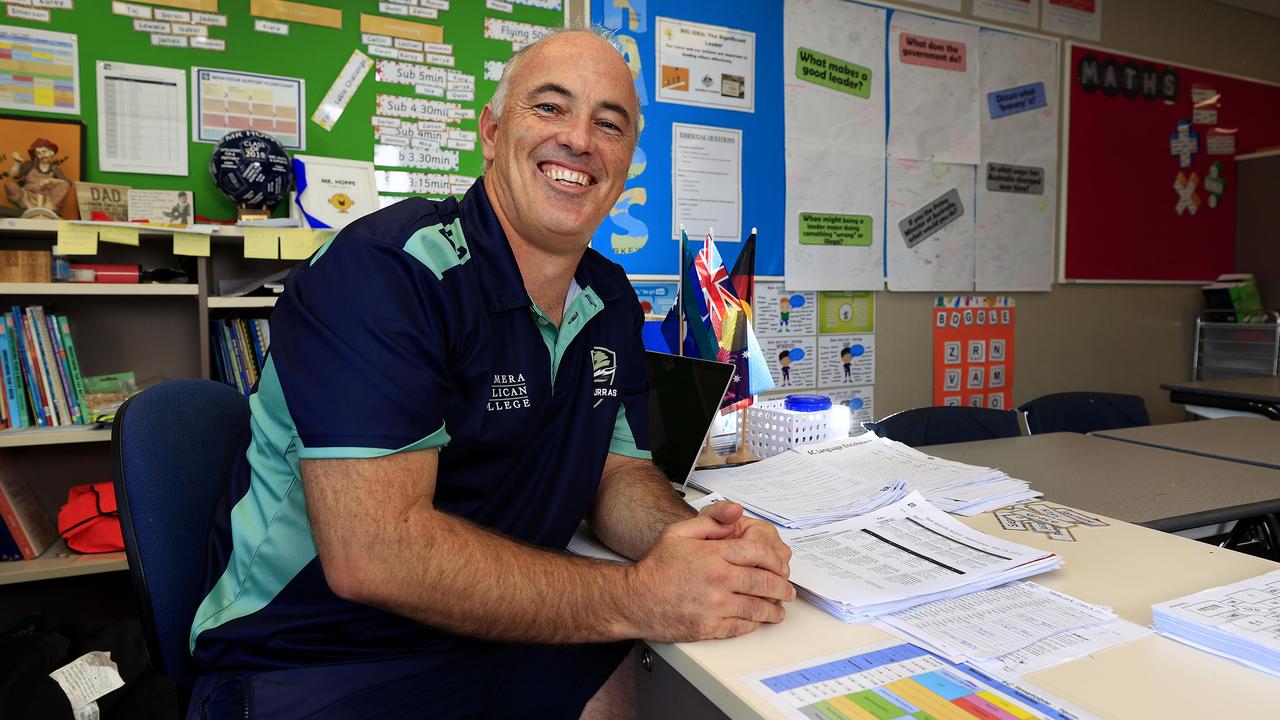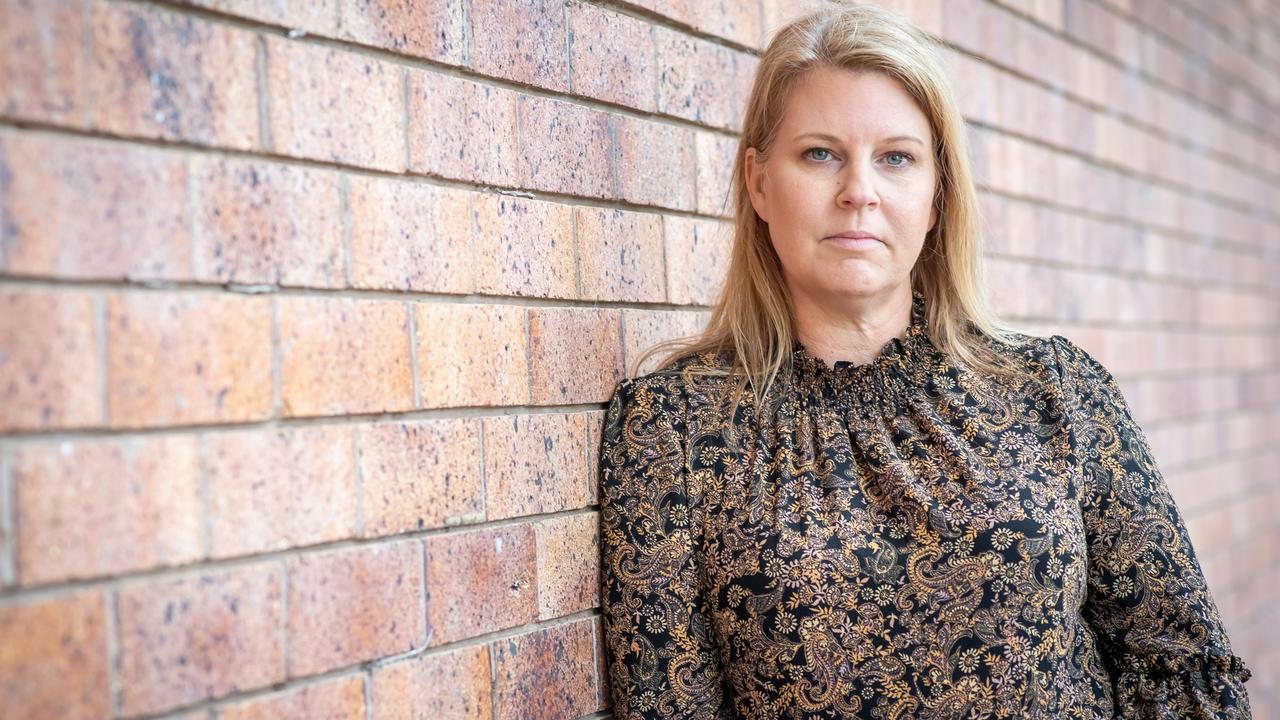Primary schoolteacher numbers skewed towards women
In the past 17 years, the number of female teachers in Queensland schools has increased by a staggering 230 times the number of males. And there’s one key reason experts fear is behind the shocking discrepancy.
Queensland primary schools have recruited the equivalent of less than 30 more male teachers than there were 17 years, with risks that interactions with young students may be deemed inappropriate among the reasons men are shunning the profession.
The latest Australian Bureau of Statistics schools data has revealed Queensland full time equivalent teacher numbers for 2006-2022 by gender and across public, catholic and independent sectors.
Over those 17 years, the data showed female primary teachers grew by more than 7000, with the majority recruited to state schools.
But in stark contrast, male primary teacher numbers increased by an overall net total of just 29.8 over the same period.
This was due to a drop of 22.3 state and 56.7 catholic male primary school teachers, while independent male primary school teachers increased by 108.8.
Queensland male secondary teachers increased by more than 3600 across all sectors, while females went up by more than 8300, from 2006 to 2022.
Coomera Anglican College Year 6 teacher Mark Hoppe, an experienced primary teacher having worked around the Gold Coast and Toowoomba, has seen the battle between primary schools to attract male teachers, including throwing big money around.
“We had a senior science teacher pinched by another school on the Gold Coast because they were going to pay him as a head of department – an increase of around $15,000 – even though he was going to be just another teacher,” he said.
“The fact that independent primary schools have been able to slightly increase their male teachers (from 2006-2022) is not surprising.
“They require more from you, around 53-55 hours per week, but that comes with incentives – bigger income, and more mentoring and leadership opportunities.”

Mr Hoppe said the potential for male teachers caring for their students to be misconstrued is also a factor.
“There is an ever-present argument around how male primary school teachers can be perceived,” he said.
“On one hand, they are the positive masculinity role models.
“On the other hand, when a kid is upset, you go and make sure they’re okay, but there is so much concern around student protection and appropriateness that it prompts concerns around how that behaviour looks in a primary setting.”
Mr Hoppe said he had heard several stories of primary schools being aware of the ratio imbalance with their teachers’ gender, but female graduates come with “a better understanding of the balance between the art and science of teaching”.
University of Southern Queensland senior education lecturer Dr Tania Leach said negatives perceptions of the profession were a major issue in recruiting, which is why millions will be spent in the National Teacher Workforce Action Plan, announced last year.
“Typically we see 12-19 per cent of the primary workforce in Australia is male, but we can see there has been a decline,” she said.
“There have been attempts to improve male teachers, but then another gap was identified – a shortage of STEM teachers – and that became the priority.
“Another possible factor is that university programs have changed.
“Before, you needed a prior qualification to specialise as a secondary teacher during your studies, but now you can enter university straight from high school and specialise as a primary or secondary teacher.”

Teachers Professional Association of Queensland secretary Tracy Tully said male primary teachers were acutely aware of their students’ vulnerability and potential legal risks.
“Particularly because youngsters want to hug their teachers and male teachers are seen as the fun male role models many kids don’t have,” she said.
“There is also a trend emerging where more male teachers are electing to be stay at home dads because they’re not seen as the primary provider – women with larger incomes and longer hours are becoming the main providers now.”
Griffith University’s School of Education Professor Beryl Exley said male teachers working with primary school children could “certainly be a risky space”.
“We talk about issues happening in classrooms around teachers who have done the wrong thing … but there’s also a lot of good opportunities out there for the right people,” she said.
“Also, males are choosing to stay in classrooms too because of a new initiative to reward teachers who are good at what they do.”
A Department of Education spokeswoman said it was aware of the gender imbalance.
“Over many decades now, education authorities across Australia and internationally have
noted higher proportions of females attracted to the teaching profession,” she said.
“In 2022, 85.5 per cent of Queensland primary state school teachers were female.
“This ratio has remained relatively stable since 2015.”
Queensland Teachers Union vice-president Leah Olsson said workloads and overall quality of life were among the biggest issues for teachers.
“The shortage of teachers is a dreadful symptom of our bigger issue that education has been ignored federally for more than a decade,” she said.
“Teachers are amazing and we need maths, science and arts graduates, we need new teachers, and we need to retain and respect our current teachers.”




